Do You Need a Belt to Deadlift?
Author:
Reviewed by:
(Certified Nutritionist, S&C specialist, M.Sc.Eng. Biotechnology)
Unlock your full potential by engaging with our experts and community! Have questions about your fitness journey or looking for expert advice on weightlifting techniques? Don’t hesitate — leave a comment below and Ihor Shymechko will provide a personalized answer and insights to help you reach your goals.
Torokhtiy is reader-supported. Some links are affiliate links, and we may earn a commission at no extra cost to you. See our disclosure page for details.
The benefits of using a weightlifting belt are clear – by increasing your intra-abdominal pressure, they can help to increase lifting performance significantly depending on your level and technique. So, do you need a belt to deadlift?
Weightlifting belts work by increasing Intra-abdominal pressure (IAP) and reducing the pressure on your lumbar spine by helping to keep your body in the correct position when lifting.
By wearing a weightlifting belt during a deadlift, you’re able to create much more intra-abdominal pressure compared to naturally bracing your core, but in order for the belt to work, you have to be able to brace your core correctly first.
With this, do you need a belt to deadlift? What situations should you be using a belt? Let’s look at the answers to these questions in more detail.
Do you need a belt to deadlift? – You should use a belt to deadlift when lifting weights around 75% or more of your 1RM. Deadlifting without a belt should be done as much as possible when using lighter (not light only) loads to reinforce your natural ability to brace.
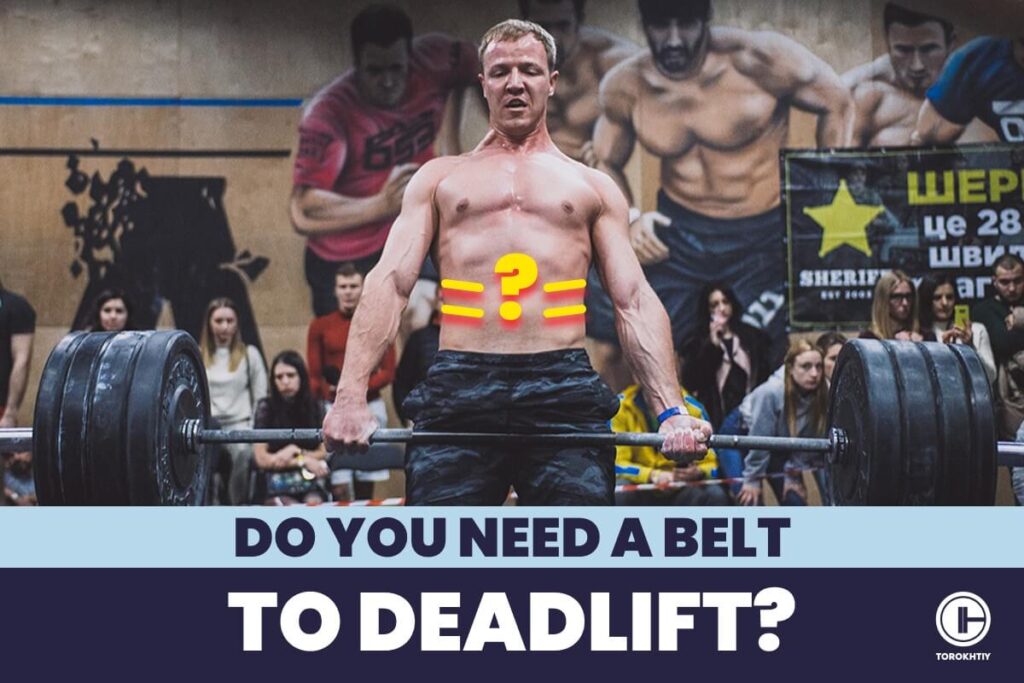
Do You Need a Belt to Deadlift?
Lifting belts are designed to keep your core and back stabilised throughout the lift. By pushing your abdomen against a belt when naturally bracing your core, you’re able to create more intra-abdominal pressure which can translate to increased deadlifting performance.
So surely that means you should wear a lifting belt every time you lift right? The answer isn’t that simple. A lifting belt should be used as an aid to lifting once you’ve learnt to naturally brace your core musculature and perform a deadlift using the correct technique.
For these reasons, there are different situations where you should use a lifting belt in order to get the best performance out of it. I’ll discuss these in more detail down below.
3 Benefits Of Using A Lifting Belt While Deadlifting
The use of a lifting belt has many different benefits that extend beyond just physical:
✅ Injury Prevention
A lifting belt works by providing support to your lumbar spine area, which comes under huge amounts of pressure and forces during a deadlift movement.
By pressing against your back when lifting off the floor, a belt helps you to focus more on the correct form and reduce the risk of back injuries from not keeping a neutral spine position when lifting.
In order for a belt to work properly however, you need to be aware of and be able to execute the correct form throughout the deadlift, even when using one.
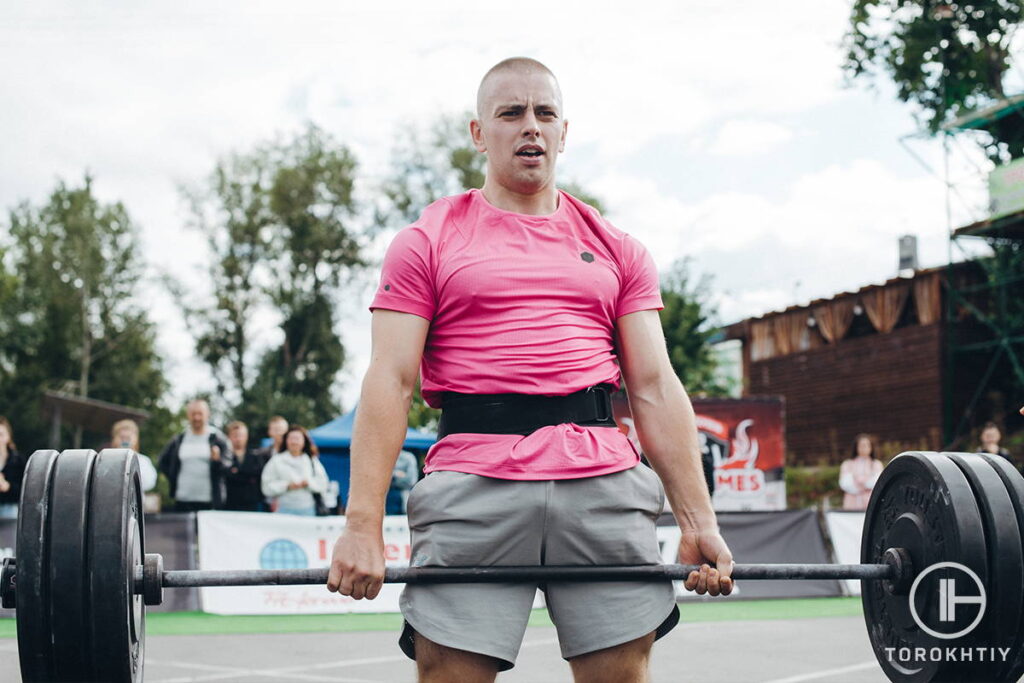
✅ Increased Performance
Whatever your ability level is, your main goal is likely to increase the amount of weight you can lift off the floor. By pushing your core against the weightlifting belt, you’re able to increase your intra-abdominal pressure to much higher levels than just naturally bracing your core.
This extra intra-abdominal pressure created by the lifting belt can increase deadlifting performance significantly. For elite lifters, even a 5% increase is a huge amount and often the difference between placings on an Olympic stage.
✅ Improved Confidence
Alongside physical benefits, wearing a lifting belt helps to increase your confidence when lifting. Whilst deadlifting requires incredible strength, it’s also a big mental battle to find the confidence needed to break past lifting plateaus, especially if you’ve been stuck on one for a while.
By wearing a belt during a deadlift, you’re able to feel the increased support provided which leads to increased confidence and helps you to focus solely on lifting the weight off the floor rather than wondering if you’ll be able to lift it successfully.
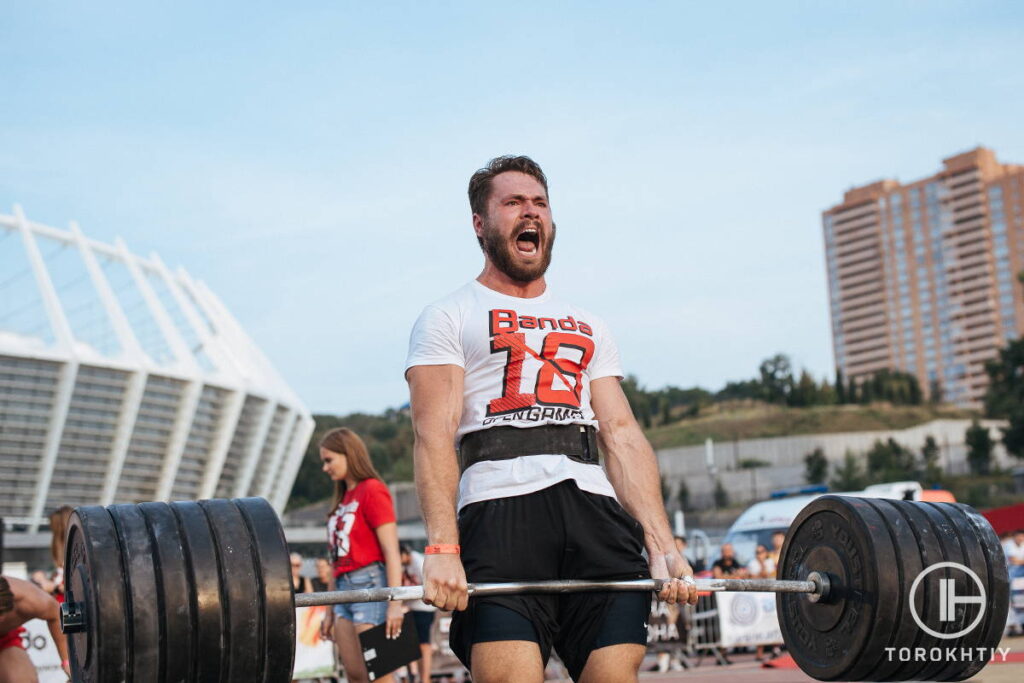
Deadlifting With and Without a Belt: A Detailed Comparison
With the benefits of wearing a weightlifting belt discussed above, these are the differences between deadlifting with and deadlifting without a belt and the situations in which a belt should be used.
Think about these differences when considering the question: Should you deadlift with a belt?
1. Movement Restriction
One of the biggest differences felt when using a belt is the amount of movement you’re able to perform. By wrapping around the torso tightly to provide support, wearing a belt to deadlift can also restrict movement, especially in the bottom portion of the deadlift.
When lifting beltless, you should feel much more comfortable and less restricted whilst still being able to generate intra-abdominal pressure through naturally bracing your core.
Lifting beltless for your warm-up sets up to around 80% of your 1RM allows you to focus on the correct form at the bottom portion of the lift before using a belt. This also applies to technique and hypertrophy work, where you’ll be working much below your 1RM.
Deadlifters will often try out different belt thicknesses and torso positions so they can use a belt without too much movement restriction. The belt shape can make a big difference in that area as well.
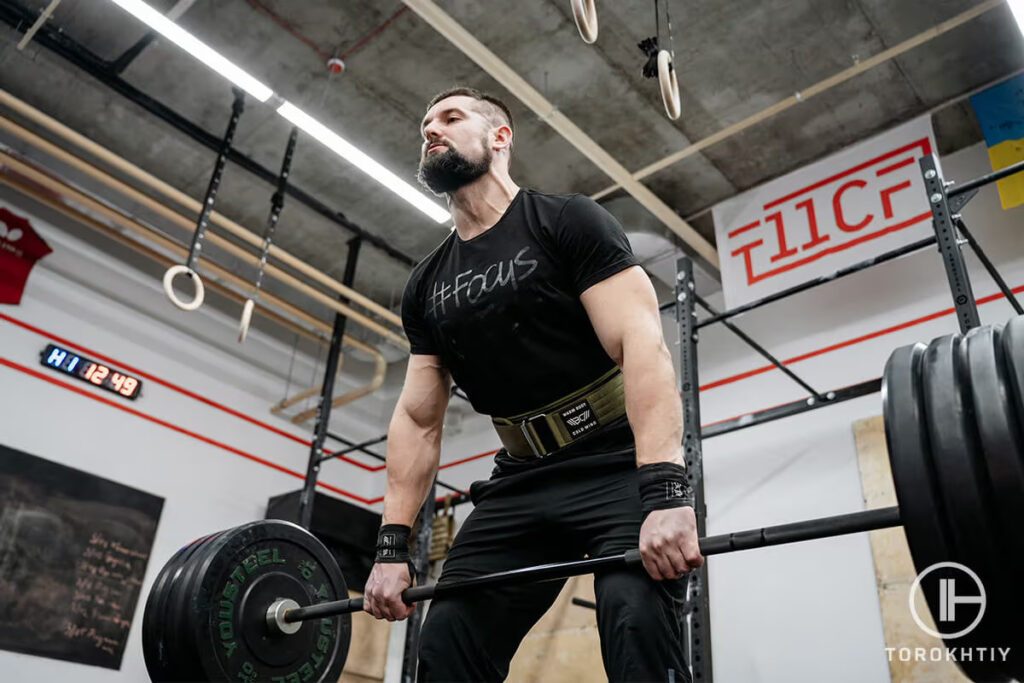
2. Lifting Performance
Using a belt when deadlifting can enhance your performance by allowing the lifter to handle bigger weights and properly challenge your legs and posterior chain. Also, when using a belt (during deadlift), you can do more reps/sets at higher intensities compared to going beltless.
This is why it’s important to include both belted and beltless deadlifts as part of a periodized training program, with the use depending on the intensity of the lifting.
Deadlifting without a belt should be done at submaximal loads when there is less risk of you not being able to maintain a neutral spine position throughout the full deadlift movement. This helps ensure proper technique and reduces the risk of injury.
Incorporating specific core exercises separately can help strengthen your core muscles, preventing them from becoming the limiting factor and allowing the lifter to continue challenging their legs/back with heavy weights.
By deadlifting beltless, you’re able to focus on maintaining the correct technique, strengthen your core and lower back muscles and develop the ability to naturally brace your core under heavier loads.
3. Intra-Abdominal Pressure
As I’ve discussed above, wearing a belt increases your ability to recruit your core musculature, creating much more intra-abdominal pressure vs just naturally bracing your core when not using a belt.
When deadlifting, you want to transfer as much force as possible from the ground up to your upper body whilst maintaining a neutral spine. Deadlifting with a belt can significantly reduce the risk of injuries.
By not using a belt for lifts below ~80% of your 1RM, you learn how to naturally brace properly which then helps to get the most out of the belt when you wear it for maximal lifts.
4. Technique
A belt can be used as an external cue, helping to maintain the correct technique whilst providing added stability.
When deadlifting with a belt, technique can often be forgotten with some people thinking the belt will provide protection for bad habits.
This is why it’s important to deadlift beltless during the warm up process to focus on the correct technique cues to use during the heavier loads.
As to the technique component lifting with belt just as a tactile cue can be a great tool to learn proper bracing technique.
WARM BODY COLD MIND Leather Belt
The Warm Body Cold Mind (WBCM) 4″ Leather Weightlifting Belt offers a premium leather weightlifting belt option at a reasonable price.
Constructed from high-quality leather, the 6 mm thick belt is 4″ wide at the back to give strong, comfortable back support. The double-pronged stainless steel buckle keeps the belt securely fastened around your torso so it doesn’t loosen during repeated, heavy use.
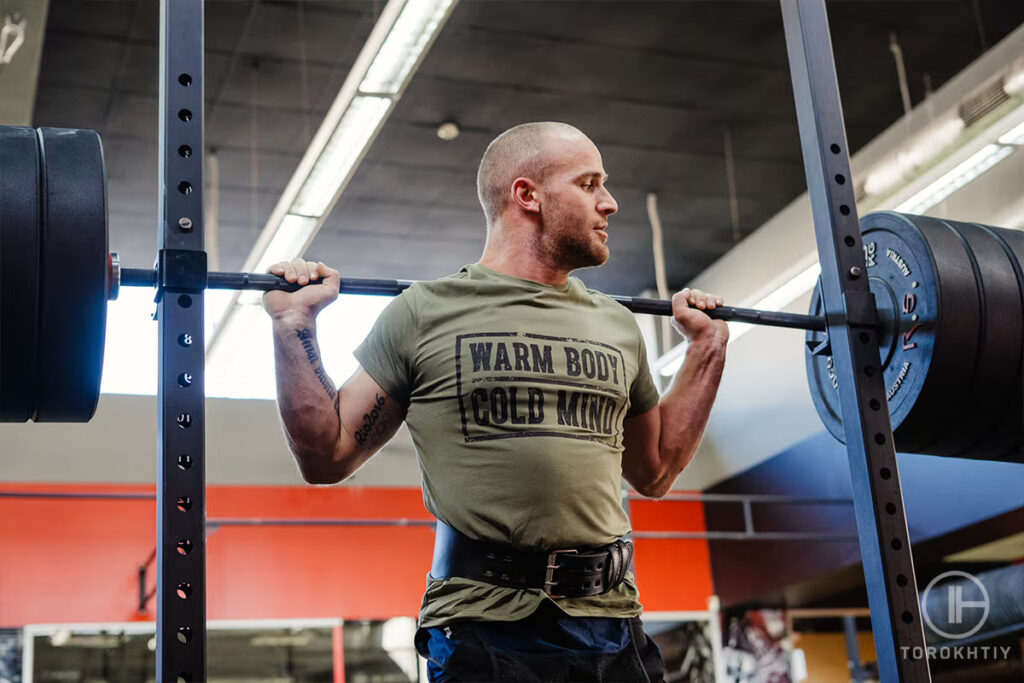
The durable belt has been nicely designed using laser-printing, with the big WBCM logo stretching around the back. It is approved for IWF competitions and ranges from S-XXXL.
FAQ
How Much Should You Deadlift With a Belt?
The general rule is that compound lifting up to around 75% of your 1RM should be done beltless. When warming up, focus on the correct bracing and breathing techniques in order to improve your intra-abdominal bracing and core for when a belt is being used.
How Much Does a Belt Increase Your Deadlift?
For deadlifts, wearing a belt increases your intra-abdominal pressure significantly enough to allow you to lift more (how much more it would depend on the individual).
This is as long as you still perform the correct bracing and breathing techniques whilst using a lifting belt.
Conclusion
A weightlifting belt should be used when deadlifting at loads around 75% or your 1RM or more, to provide the extra support needed when your lumbar spine comes under added pressure. The benefits of a lifting belt include increased intra-abdominal pressure, injury prevention and increased confidence when lifting.
A weightlifting belt should be used as an aid for lifting and not as a replacement for correct bracing and technique. When warming up, performing hypertrophy work and working at a submaximal load, lift beltless.
A weightlifting belt should be used as an aid for lifting and not as a replacement for correct bracing and technique. When warming up, performing hypertrophy work and working below 75% your 1RM, lift beltless.
What belt strategy do you use when lifting? Do you use a belt to deadlift? Let’s discuss in the comments section below.
Also Read:
- Deadlift Belt Position
- How Tight Should A Lifting Belt Be
- How To Wear Weight Lifting Belt
- Best Belt for Deadlift
- Harbinger Lifting Belt Review
- Schiek Lifting Belt Review
- Best Weight Lifting Belt For Women
- Clusters Functional Fitness
- Best Weight Training Belt
References:
- The Ultimate Weightlifting Belt Guide // Bodybuilding: https://www.bodybuilding.com/content/the-ultimate-weightlifting-belt-guide.html
- Abdominal Bracing Exercises to Take the Strain Off Your Back // Healthline: https://www.healthline.com/health/abdominal-bracing
- All photos are made by our Torokhtiy Media Team
Why Trust Us?
With over 20 years in Olympic weightlifting, strength training, nutrition coaching, and general fitness our team does its best to provide the audience with ultimate support and meet the needs and requirements of advanced athletes and professional lifters, as well as people who strive to open new opportunities and develop their physical capabilities with us.
By trusting the recommendations of our certified experts in coaching, nutrition, and sports training programming, as well as scientific consultants, and physiotherapists, we provide you with thorough, well-considered, and scientifically proven content. All the information given in the articles concerning workout programming, separate exercises, and athletic performance, in general, is based on verified data.
The product testing process is described in more detail here.
Author: Ihor Shymechko
Pro Olympic Weightlifter, Coach
Best Results: Snatch – 208 kg,
C&J – 240 kg
Ihor has been a professional weightlifter since 1996, boasting over two decades of competition experience. His notable achievements include clinching the European Championship in 2009 and securing a silver medal in the 105kg division at the Senior World Championships in 2011. Ihor represented his country in the 2008, 2012, and 2016 Summer Olympics. After retiring from competitive weightlifting, he transitioned to coaching, leveraging his vast experience to guide athletes who now compete on both national and international stages.
Reviewed by: Jacek Szymanowski
Certified Nutritionist,
M.Sc.Eng. Biotechnology
Performance architect,
Strength and Conditioning Specialist
With over 30 years of fighting experience, specialization in nutrition coaching for athletes, and expertise in metabolic health and dietary strategies, Jacek offers a comprehensive approach to optimizing your performance and well-being. Backed by a Master of Science degree in Biotechnology, Jacek remains at the forefront of scientific advancements, ensuring that his coaching is always evidence-based and up-to-date.




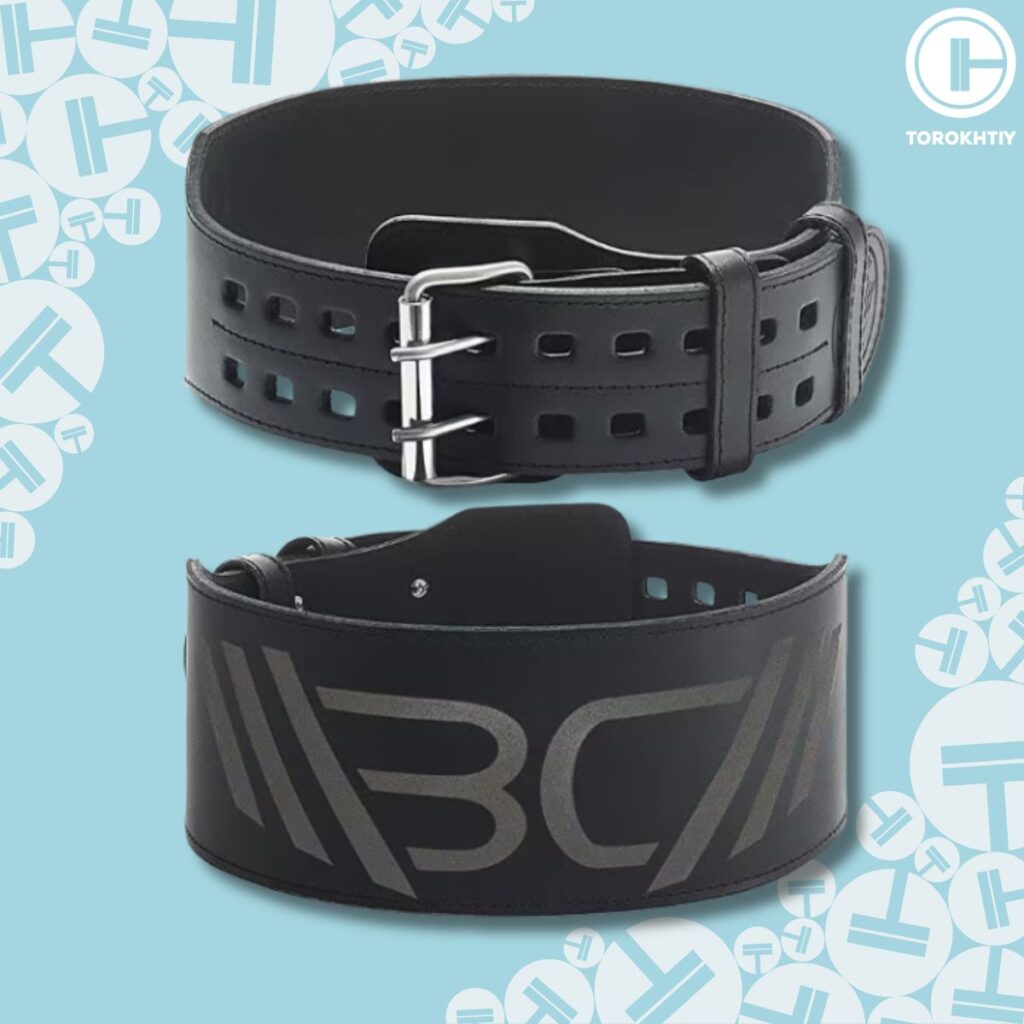
Still have questions after reading our article? Unlock your full potential by engaging with our experts and community! Don’t hesitate — leave a comment below and Ihor Shymechko will provide a personalized answer and insights to help you reach your goals.